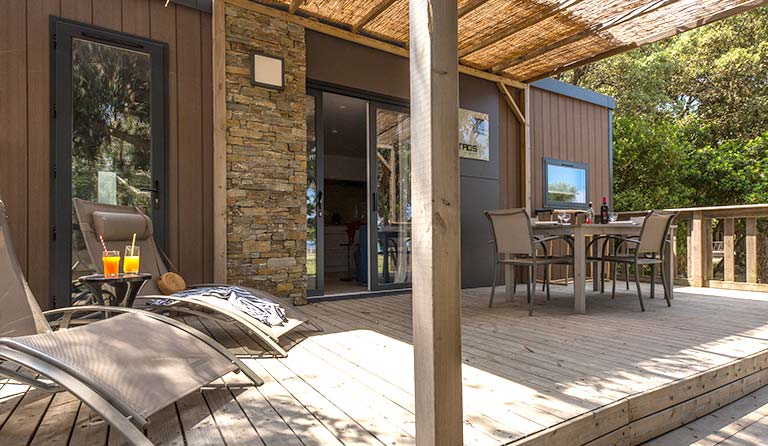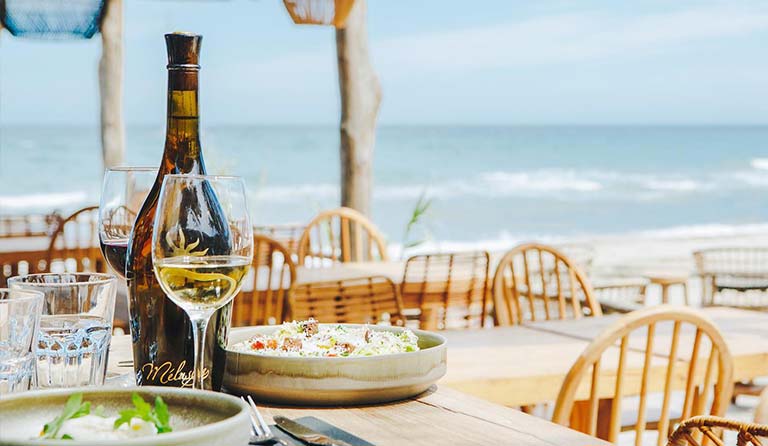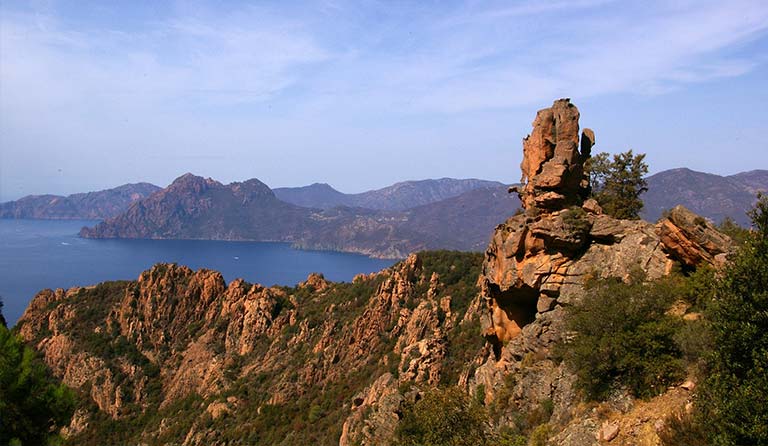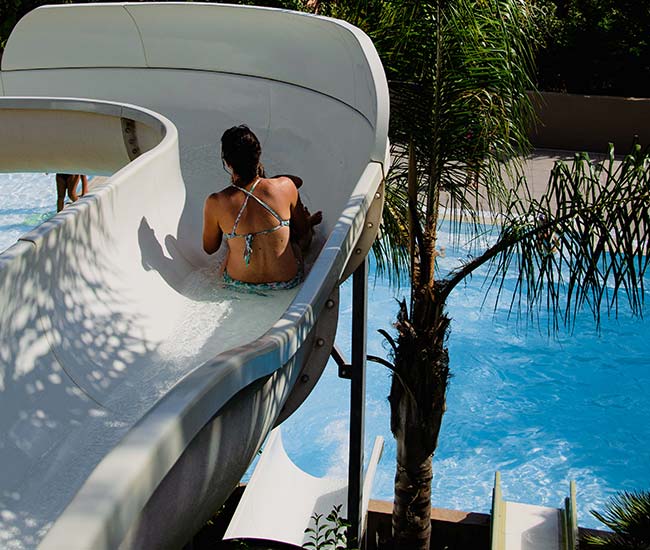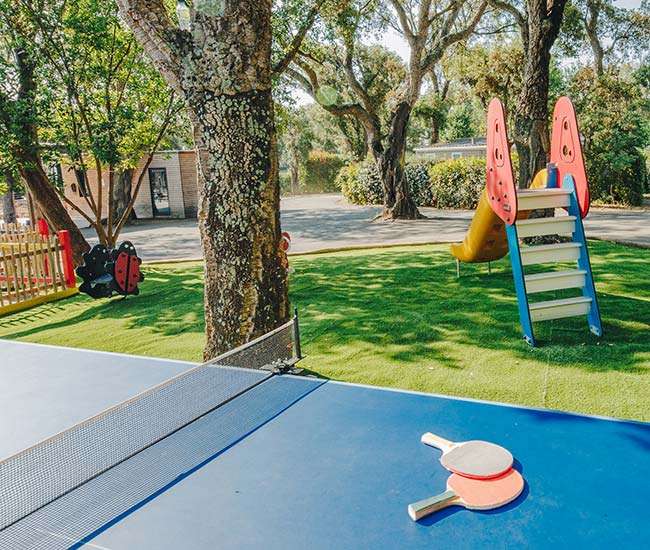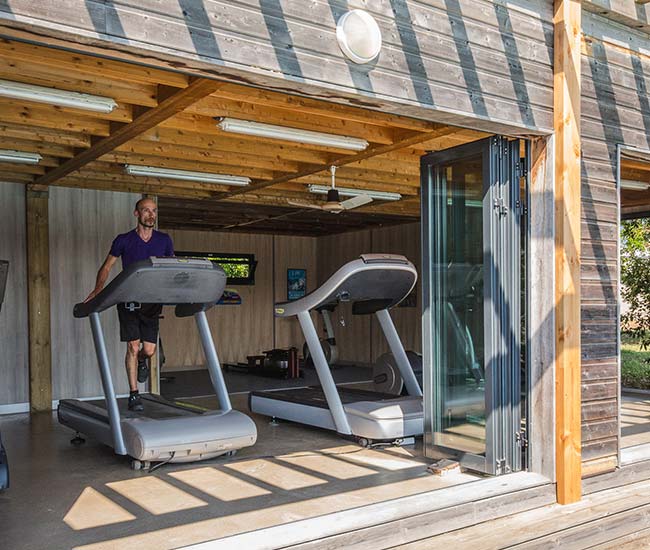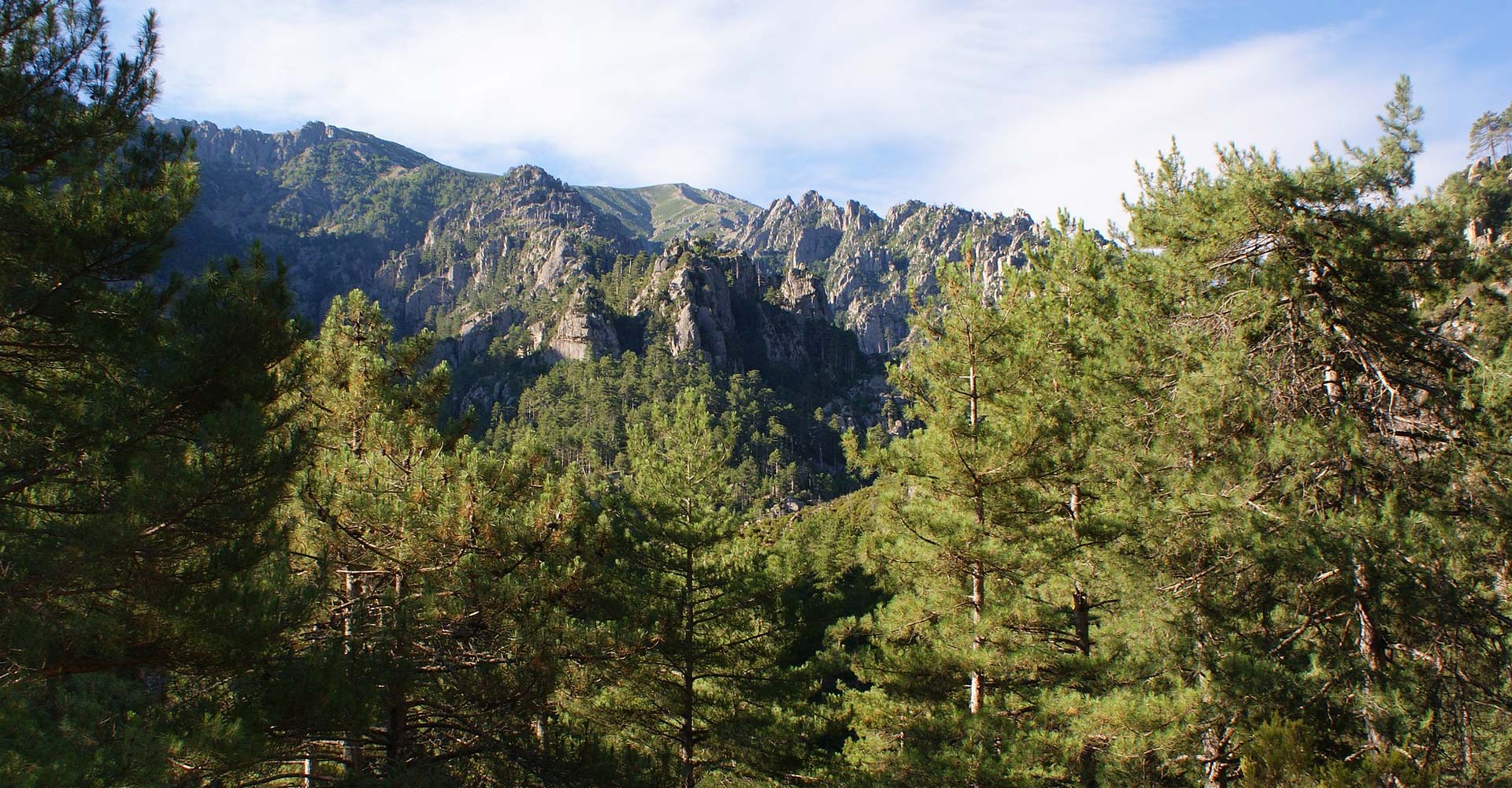
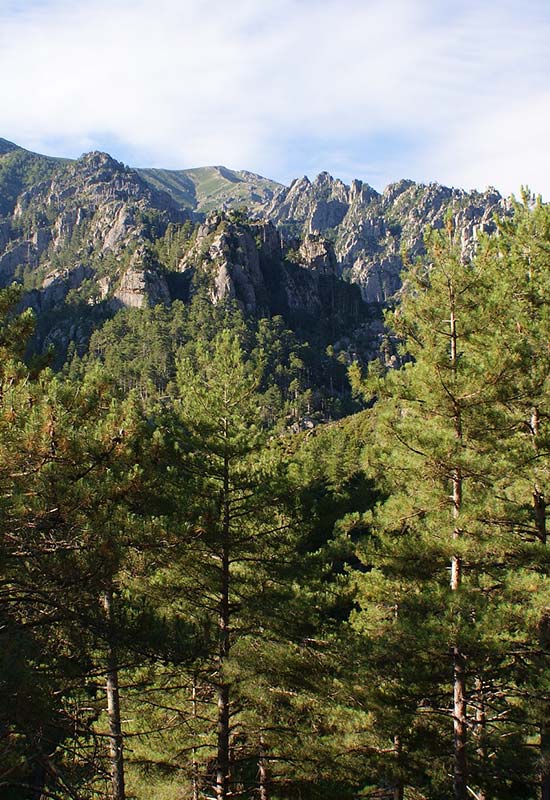
Regional Natural Park of Corsica: our guide
The Regional Natural Park of Corsica or PNRC includes 145 villages and 350,000 protected hectares. It is the most precious treasure of the island of beauty and the role of the agents is to take care of it and to allow it to develop without hindrance and with respect for Corsican tradition. These sites, such as the Vizzavona Forest, the Scandola Reserve, the Corsican Mouflon or the Creno Lake, are mainly distributed in Haute-Corse and Corse-du-Sud, and governed by a set of safeguard missions that we will discover together.
Protecting and enhancing exceptional places
Since 1972, the park has thrived thanks to missions to safeguard and improve the natural resources of Corsica. All the inhabitants of the island are involved in this effort and everyone does their small contribution to protect and enhance the natural spaces that are dear to them. Here are the 5 actions put in place:
1. Save the flora
The Parc de Corse and its agents pay very particular attention to the many varieties of flowers, plants and shrubs as well as to the pozzines (lawns full of water that are sometimes found near the Corsican lakes). These beauties make the island attractive and act for biodiversity: it is therefore essential to preserve them so that they continue to inspire the Corsican people and visitors to the island.
2. Protect wildlife
On the island, you can interact with the animals in many places in the Corsica park. In Moltifao, Herman’s tortoises are treated and cared for before being released to keep them healthy.
In Evisa, the Information House of Paesolu d’Aïtone offers < strong>educational programs on fauna and flora. UNESCO did not classify the Scandola Nature Reserve as a World Heritage Site for nothing: the site abounds in many species of fish and small mammals.
The Park is also involved in two projects: the ” LIFE”, a European initiative aimed at preserving the bearded vulture, and the reintroduction of the Corsican deer.
3. Perpetuating Corsican tradition and history
Archaeological sites, such as that of Cucuruzzu, many chapels and frescoes present on the island are among the sites preserved by the Parc de Corse.
The PNRC restores also sheepfolds, mills and other habitats of the past. It is about preserving tradition and trying to reintroduce crafts that are often abandoned, such as raising cows, sheep or pigs.
4. Maintain and mark hiking trails
The Parc de Corse has more than 1,500 kilometers of hiking trails across the island. As you can imagine, the PNRC must maintain and mark them, like the most famous of all: the GR20, but also the country trails and the “ Mare à Mare ”.
When you decide to spend the night in a refuge, it is also the Parc de Corse that allows you to do so.
5. Educate the public
Corsica is a very touristic island and one of themost important missions of the agents of the Regional Natural Park of Corsica is to raise public awareness. Educational initiation trips to the fragile environment of the sites are organized in order to combine discovery, passion for wild nature and fun activities.
The opportunity to walk through Corsica, to discover its natural treasures alone or with others while being guided by passionate agents.

